Provision of life saving sexual and reproductive health services, gender–based violence response and mental health and psychosocial support

Narrative Report
Introduction
The GBV (Gender-Based Violence), SRHR (Sexual and Reproductive Health and Rights), PSEA (Prevention of Sexual Exploitation and Abuse), and MHPSS (Mental Health and Psychosocial Support) awareness training was conducted in Chin State, specifically in the towns of Mindat, , Tedim, and Tonzang. The training aimed to increase knowledge and understanding of these critical issues among community members and key stakeholders. This narrative report outlines the objectives, activities, and outcomes of the training program.
Objectives
The training program had the following key objectives:
a. Raise awareness about GBV, SRHR, PSEA, and MHPSS.
b. Enhance understanding of the root causes and consequences of GBV.
c. Promote gender equality, human rights, and social inclusion.
d. Equip participants with practical skills to prevent and respond to GBV cases.
e. Strengthen community support systems for survivors of GBV.
f. foster collaboration between various stakeholders in addressing GBV and promoting SRHR.
Activities
The training program consisted of the following activities:
- Awareness raising sessions on GBV, SRHR, PSEA and available services to IDPs in Mindat area and Distribution of Dignity Kits, Clean Delivery Kits.
Note: For details attendance and participation please refer to (scanned documents)
- Pre-training assessment:
A preliminary survey was conducted to assess the existing knowledge and perceptions of participants regarding GBV, SRHR, PSEA. Capacity building sessions:
3 Trainers from Mindat conducted interactive sessions covering various topics, including types of GBV, SRHR rights and services, identification and referral of survivors, and community-based prevention strategies to IDP camps in Mindat (Area . 10,11,13). In this session, we are focusing on previous unmet targeted populations.
- Q&A, Role plays and simulations:
To enhance practical skills, participants were involved in role plays and simulations of GBV scenarios, allowing them to practice appropriate responses and communication techniques.
- Information sharing and resource mobilization:
Information materials, brochures, and resources related to GBV, SRHR and PSEA were shared with participants. Additionally, discussions were held on resource mobilization and collaboration to support survivors and implement preventive measures. Pamphlets and brochures are provided with local language (Burmese, Mizo dialect and Tedim dialect.
- Post-training evaluation:
A post-training evaluation was conducted to assess the effectiveness of the training and identify areas for improvement.
Training Outcome:
Participants also demonstrated a significant improvement in their understanding of GBV, SRHR, PSEA, and MHPSS, recognizing them as critical issues that require urgent attention.
Participants acquired practical skills, such as identifying signs of GBV, providing immediate support, and referring survivors to appropriate services. They also gained a deeper understanding of the importance of psychosocial support in the healing process.
The training program fostered a sense of community ownership in addressing GBV and promoting SRHR. Participants expressed their commitment to raising awareness and creating safe spaces for survivors.
The training facilitated collaboration and coordination among various stakeholders, including community leaders, health workers, local authorities, and civil society organizations, to address GBV effectively.
The training led to the development of community support systems, including helplines and referral networks, to ensure survivors have access to essential services and support.
- Distribution of Dignity Kits and Clean delivery kits in Mindat:
Mindat experienced a humanitarian crisis due to conflict and displacement, resulting in the establishment of IDP camps. The vulnerable population, particularly women and girls, faced challenges related to personal hygiene and safe childbirth. To address these needs, the distribution of emergency Dignity Kits and Clean Delivery Kits was undertaken.
Distribution Process:
Prior to the distribution, a thorough needs assessment was conducted to identify the specific requirements of women and girls in the IDP camps and as well as previous unmet populations.
The necessary supplies were procured from UNFPA, PKK warehouse and were transported to mindat. For smooth distribution and risk mitigation, close coordination was maintained with the camp authorities to ensure efficient and secure distribution. Camp leaders and representatives were involved in the planning and logistics to ensure transparency and community participation.
One of our previous trained female volunteer and our two field officers facilitated the distribution process in the IDP camps. Clear instructions and information were provided to recipients regarding the contents and usage of the kits. Privacy and dignity were respected during the distribution process.
Concurrent with the distribution, awareness sessions were conducted to educate women and girls on personal hygiene, safe childbirth practices, and the importance of utilizing the provided kits. Information materials and demonstrations were utilized to ensure comprehensive understanding and utilization of the kits.
Outcomes
The distribution of Dignity Kits significantly contributed to improving personal hygiene practices among women and girls in the Mindat IDP camps. Access to sanitary pads, soap, and other hygiene items allowed them to maintain cleanliness and dignity, promoting their overall well-being.
The provision of Clean Delivery Kits ensured that pregnant women in the IDP camps had access to essential birthing supplies. This helped to reduce the risk of infections and complications during childbirth, ensuring safer conditions for both mothers and newborns.
The sensitization sessions and educational materials increased the knowledge and awareness of women and girls about hygiene practices, safe childbirth, and the appropriate use of the kits. This empowered them to make informed decisions regarding their health and well-being.
The involvement of camp leaders and representatives fostered community engagement and ownership. The collaborative approach ensured that the distribution was aligned with the needs and preferences of the IDP camp residents.
The distribution process facilitated collaboration between humanitarian organizations, camp authorities, and community members, strengthening partnerships and promoting effective coordination for future initiatives.
Conclusion
The distribution of emergency Dignity Kits and Clean Delivery Kits to IDP camps in Mindat played a crucial role in addressing the hygiene and childbirth needs of displaced women and girls. The provision of essential supplies not only improved their physical well-being but also upheld their dignity in challenging circumstances. Moving forward, sustained support and continued collaboration with relevant stakeholders will be vital to ensuring the well-being and rights of displaced populations in Mindat.
- Awareness raising sessions on GBV, SRHR, PSEA and available services to IDPs in Tedim, Tonzang area and Distribution of Dignity Kits, Clean Delivery Kits.
Note: For details attendance and participation please refer to (scanned documents)
Prior to the awareness raising sessions, comprehensive planning and coordination were undertaken involving relevant stakeholders, such as local authorities, and community leaders. The distribution of Dignity Kits was aligned with the awareness raising sessions to ensure a comprehensive approach.
- Trained facilitators conducted interactive sessions on GBV, SRHR, and PSEA and MHPSS focusing on topics such as types of violence, rights and services, prevention strategies, and available support systems. Information materials and visual aids (drawing, demonstration, pamphlets) were utilized to enhance understanding and engagement.
- During the training open discussions and community dialogues were conducted to create a safe and supportive environment for IDPs, women leaders to share their experiences, concerns, and needs related to GBV, SRHR, PSEA and MHPSS. These dialogues fostered community solidarity and provided insights for tailored support services.
- Information dissemination:
Information materials, brochures, and pamphlets were distributed to the communities and IDPs, providing detailed information about available services, including healthcare, psychosocial support, legal aid, and reporting mechanisms. This empowered IDPs to seek help and support when needed.
- Dignity Kit distribution:
Dignity Kits, containing essential items such as hygiene products, sanitary pads, underwear, and other personal care items, were distributed to IDPs. The distribution process ensured the privacy and dignity of recipients, with clear instructions on the usage and benefits of the kits. 120 diginity kits (in-kind support from UNFPA) were distributed from HLDO Yangon office to rihkhawdar township.
- Referral mechanisms:
Referral systems were established to connect IDPs with appropriate services and support organizations. Information on helplines, healthcare centers (mobile clinic) crosscutting with HLDO ongoing project, and counseling services was shared, enabling Communities, IDPs to access assistance easily.
Outcomes
Increased awareness:
The awareness raising sessions contributed to increased awareness and knowledge among IDPs in, Tedim, and Tonzang about GBV, SRHR, PSEA and MHPSS. IDPs communities gained a better understanding of their rights and available support services.
Through the dissemination of information and community dialogues, IDPs were empowered to take actions to protect themselves and seek support when facing GBV or SRHR challenges. They became more aware of their rights and available resources.
In the meantime, the distribution of Dignity Kits and establishment of referral mechanisms strengthened support systems for IDPs and communities. It facilitated easier access to essential services, ensuring the well-being and dignity of IDPs and communities in challenging circumstances. The distribution of Dignity Kits addressed the immediate needs of IDPs, promoting hygiene, comfort, and dignity. This contributed to improved physical and emotional well-being among the IDP and communities.
Also the awareness raising sessions and dialogues fostered community engagement, encouraging community members especially women self-help group (WSHG) to take an active role in preventing GBV, promoting SRHR, and supporting IDPs in their respective communities.
Conclusion
The awareness raising sessions on GBV, SRHR, PSEA, MHPSS and available services, along with the distribution of Dignity Kits, played a crucial role in providing information, support, and essential supplies to IDPs in , Tedim, and Tonzang areas. These initiatives not only increased awareness and knowledge but also empowered IDPs and remote villages to seek help, protect their rights, and access necessary support services. With the established WSHG GBV awareness and basic case management initiatives, the community engagement and strengthened support systems will contribute to the overall well-being and resilience of IDPs in the mentioned areas.
Note: For details attendance and participation please refer to (scanned documents)
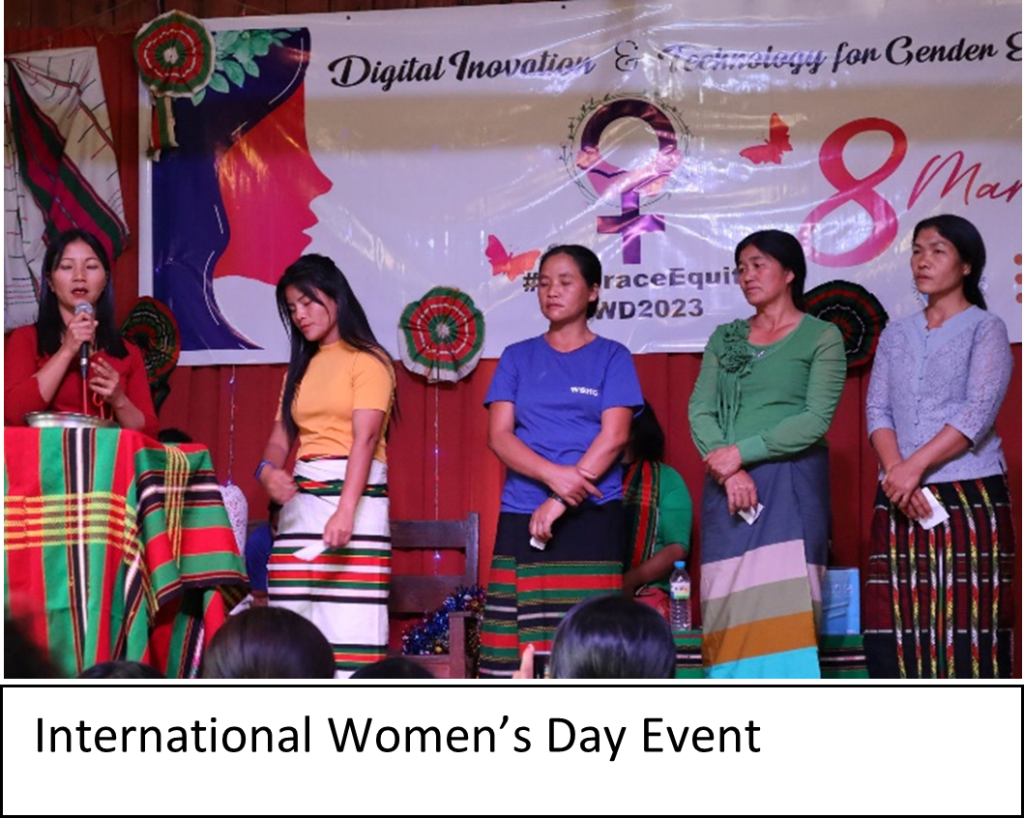
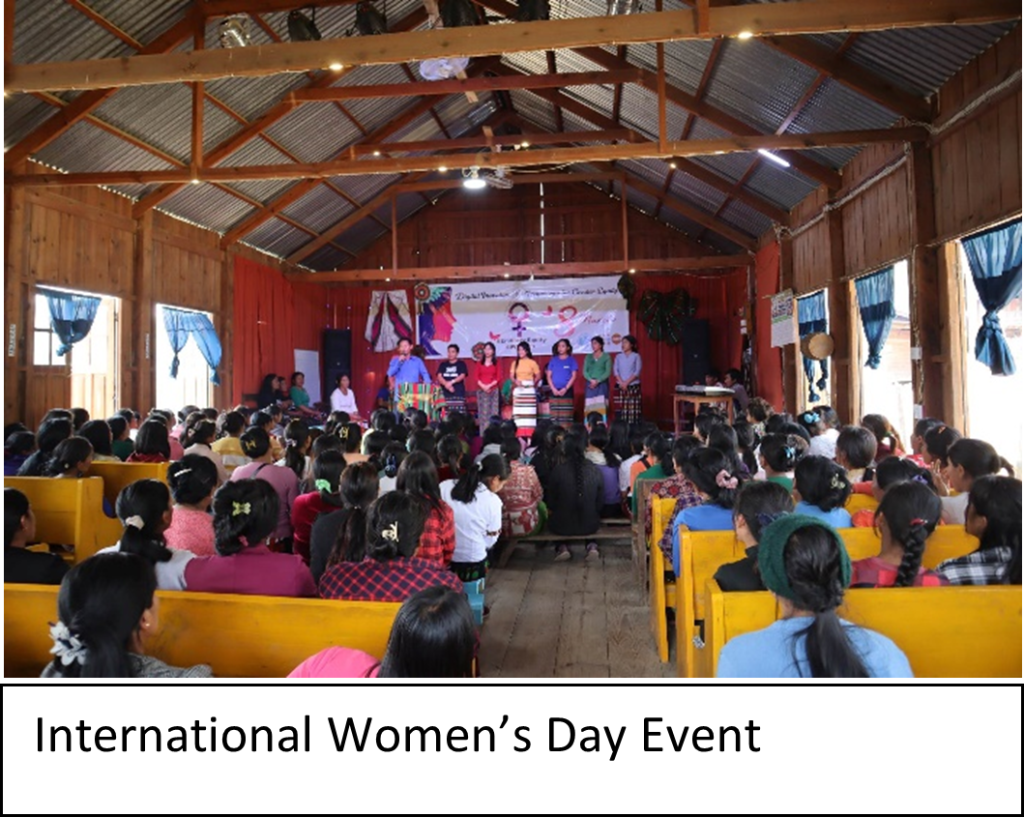

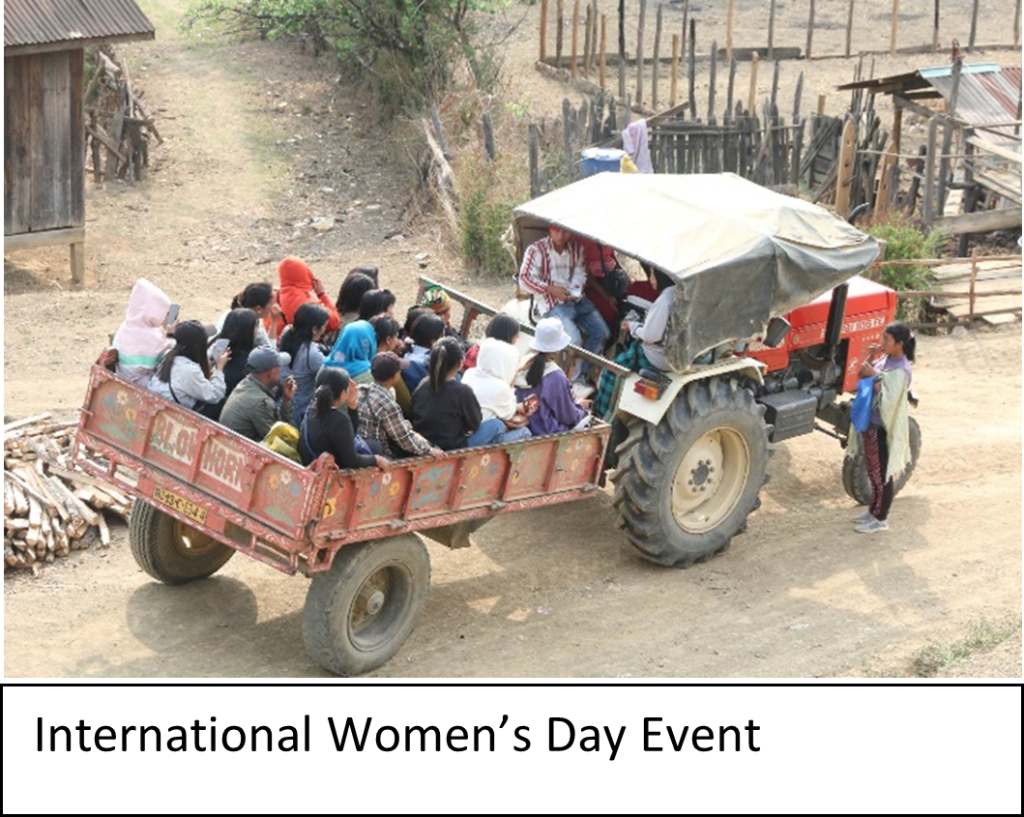
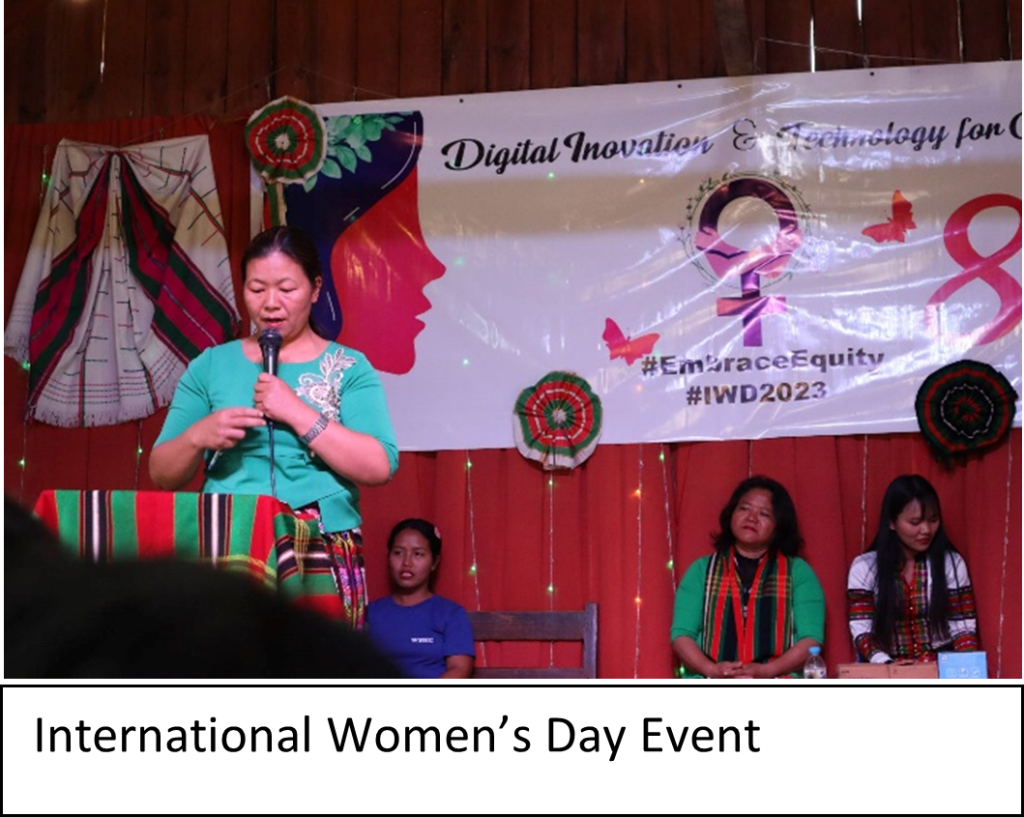
Date: 16/3/2023
Location: Tuisanzang village (Gospel Church)
Meeting Purpose: International Women’s Day event
Attendants: 201 Participants (18 Male, 183 Female)
The International Women’s Day event was organized in Tedim Township, Chin State, to celebrate the achievements and contributions of women while advocating for gender equality and women’s empowerment.
The IWD event aimed to:
- Celebrate International Women’s Day and raise awareness about its significance.
- Promote gender equality and women’s empowerment in the local community.
- Provide a platform for women to share their experiences and achievements.
- Engage men and boys in discussions on gender equality and women’s rights.
- Strengthen solidarity and support networks among women in Tedim Township.
Activities details
The event commenced with an opening ceremony, featuring speeches by local leaders, activists, and representatives of women’s organizations. Mrs. Zirthan Hnuni (HLDO- Managing Director) gave speech on women’s role and empowerment in the local community. She emphasized the importance of women’s rights and the need for collective efforts to achieve gender equality.
Panel discussions:
Panels were organized to address various topics, including women’s empowerment, education, health, economic opportunities, and political participation. Community leaders, and successful women shared their insights and experiences, inspiring the audience.
Networking and solidarity building:
Participants had opportunities to network, share experiences, and establish connections with like-minded individuals and groups working towards women’s empowerment.
Closing ceremony:
The event concluded with a closing ceremony, highlighting the achievements of the day and reiterating the importance of sustained efforts to promote gender equality and women’s rights.
A vinyl was printed with 2023 International Women’s Day and the event stage was decorated traditionally and meals was provided for everyone to enjoy.
Outcomes
The International Women’s Day event was attended by 201 in total (male – 18 , female – 138 ), from various villages and achieved the following outcomes:
Increased awareness:
The event successfully raised awareness about the importance of women’s rights, gender equality, and women’s empowerment, reaching a wide audience in Tedim Township.
Empowered women:
Through panel discussions and skill-sharing sessions, women gained new skills, knowledge, and confidence, enabling them to take on leadership roles, pursue economic opportunities, and advocate for their rights.
Engaged men and boys:
The inclusion of men and boys in discussions fostered a deeper understanding of gender issues and encouraged them to become allies in promoting gender equality.
Strengthened solidarity:
The event created a sense of solidarity among women in Tedim Township, promoting unity and collaboration towards common goals.
Conclusion
The International Women’s Day event in Tedim Township served as a significant platform to celebrate women’s achievements, raise awareness about gender equality, and empower women in Chin State. It fostered a sense of unity, knowledge sharing, and solidarity among participants, leading to a greater commitment to advancing women’s rights and promoting a more inclusive society.
- Conduct GBV response and basic case management training to 15 WSHG GROUP (450 participants).
Note: For details attendance and participation please refer to (scanned documents)
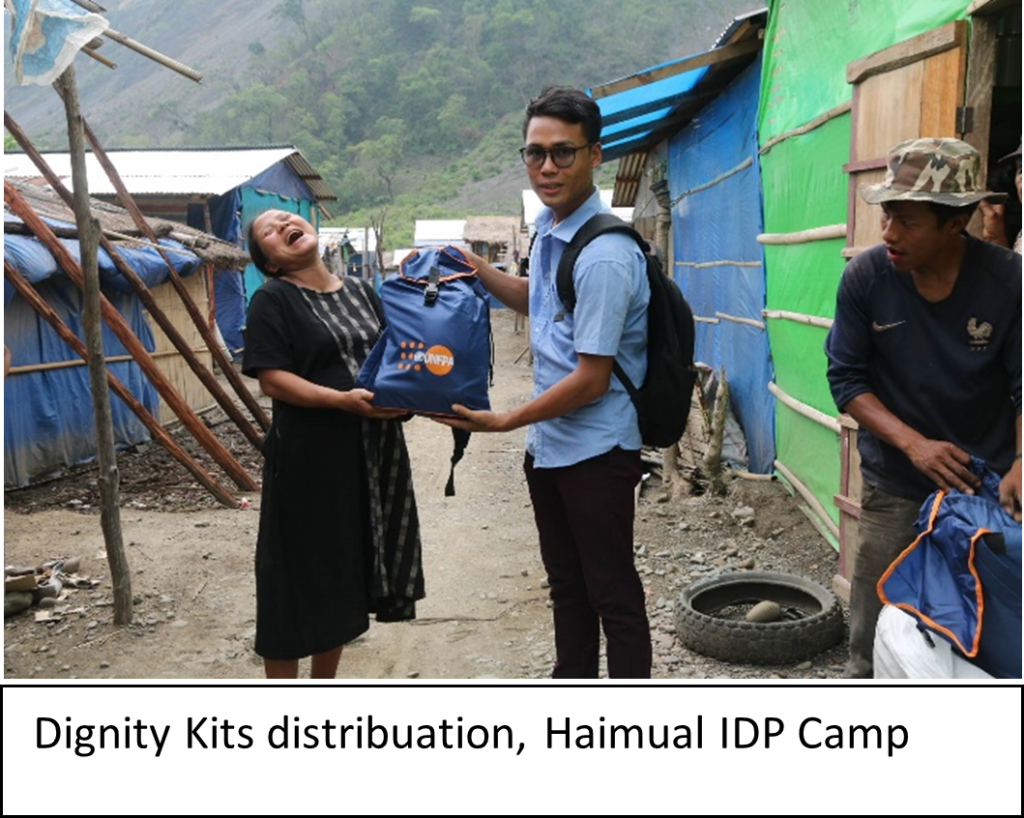

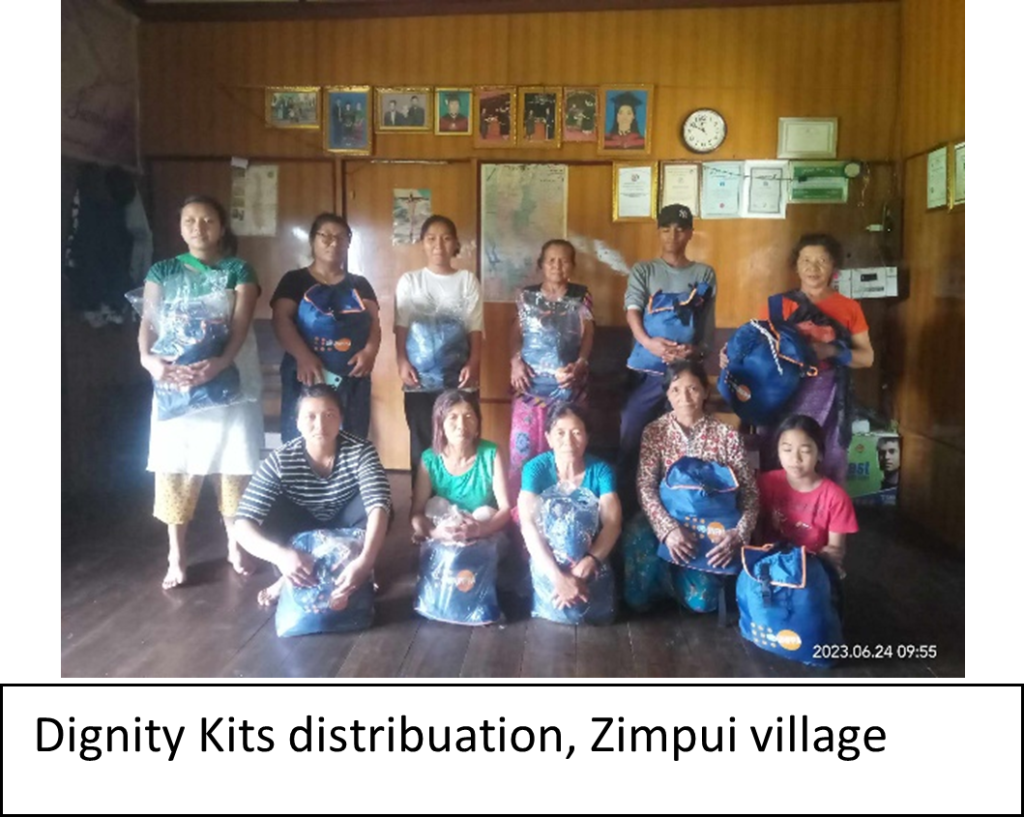
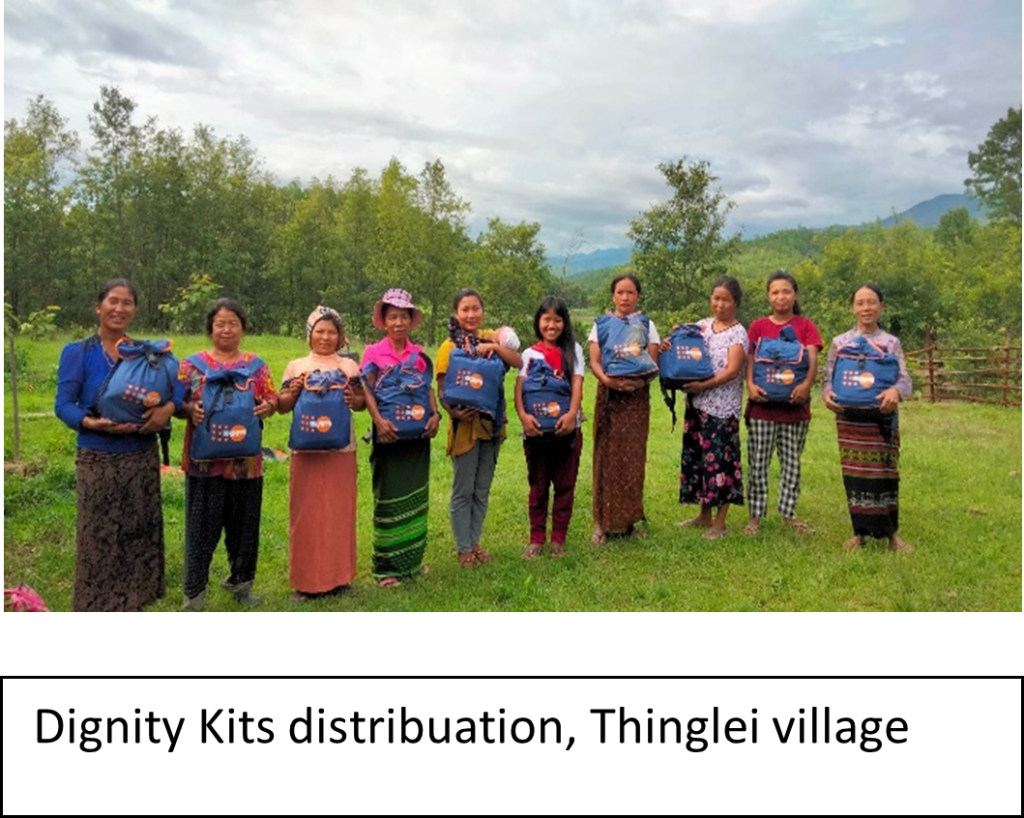
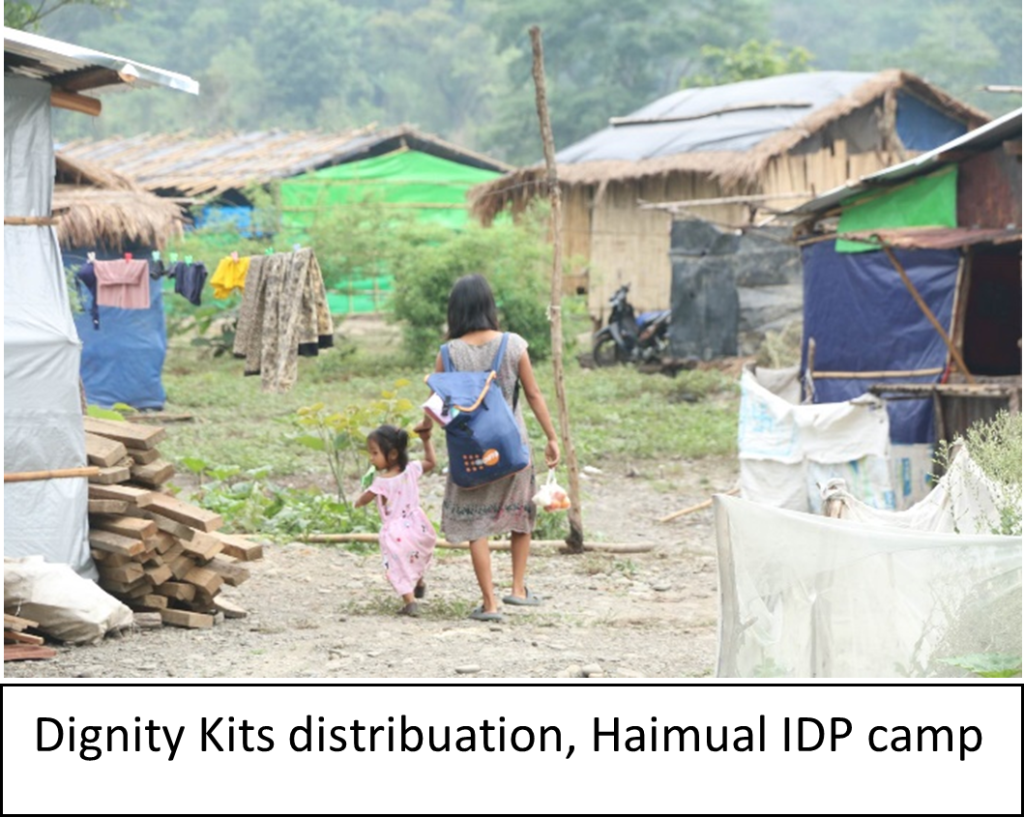
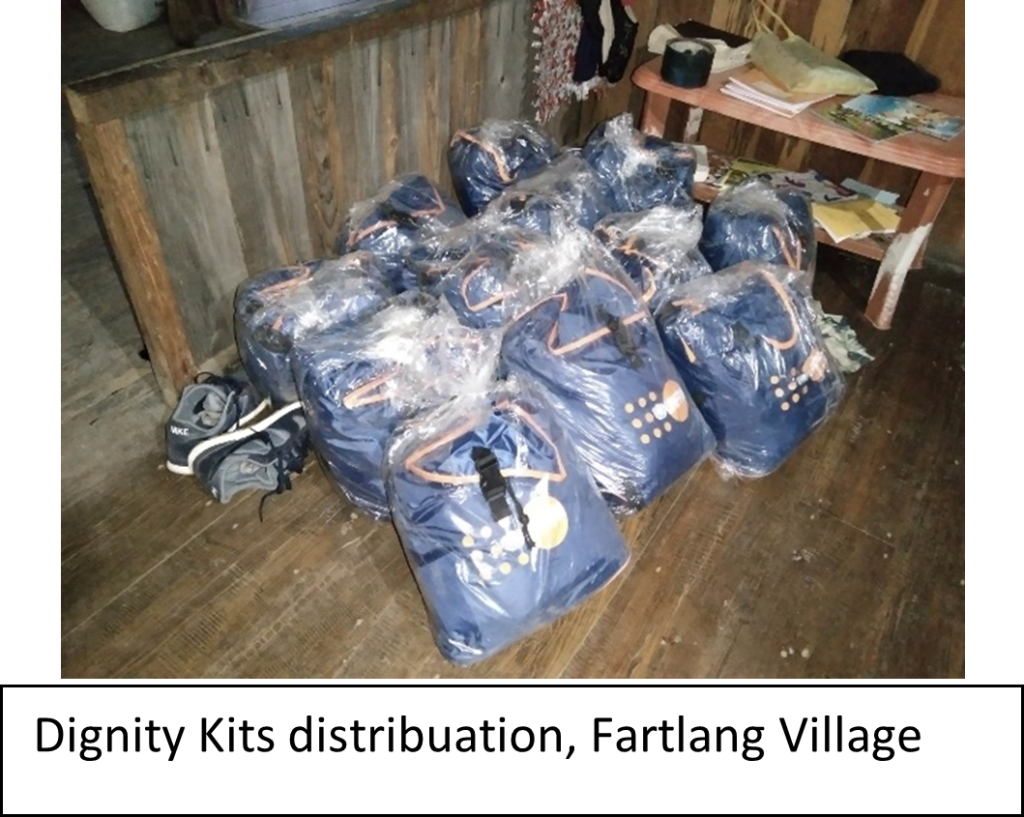
HLDO have conducted and train 15 Women Self Help Groups (WSHGs) in , Tedim, and Tonzang. The training aimed to enhance the knowledge and skills of WSHG members in responding to gender-based violence (GBV) cases and effectively managing them within their communities.
Training Objectives
- The objectives of the training were as follows:
- Build capacity among WSHG members to recognize and respond to GBV cases.
- Provide training on proper basic case management techniques, including documentation and referral procedures.
- Strengthen the support network within the WSHGs to address GBV issues.
- Empower WSHG members to advocate for the rights and well-being of survivors of GBV.
Training Process Details
Pre-training assessment:
After 2 days intensive GBV awareness (refresher) training, a pre basic case management training assessment was conducted to gauge the existing knowledge and understanding of WSHG members regarding GBV and basic case management. This assessment helped tailor the training content to meet the specific needs of the participants.
Training contents development:
Before this training, UNFPA provided HLDO with 3 days TOT training session and the training covered various topics, including types of GBV, survivor-centered approaches, GBV response protocols, case documentation, confidentiality, ethical considerations, and referral systems.
The training was delivered through a series of interactive sessions, combining presentations, group discussions, case studies, role-plays, and practical exercises. Our TOT Trainers with UNFPA trained in GBV response and basic case management facilitated the sessions, ensuring active participation and engagement from the WSHG members.
Case simulations:
Practical case simulations were conducted to allow participants to apply the knowledge and skills they learned during the training using flip chart, Q&A simulations, and drama. These simulations helped them understand the complexities of GBV cases and practice appropriate response and basic case management techniques.
Sharing of experiences:
Participants were encouraged to share their experiences and challenges in dealing with GBV cases within their communities. This sharing fostered peer learning and enabled the identification of common issues and effective strategies.
Post-training support:
Following the training, ongoing support was provided to the WSHG members through mentoring and supervision by the facilitator. This support aimed to reinforce their learning, address any challenges faced, and ensure the effective application of GBV response and basic case management skills.
Outcomes
A total 465 WSHG members participated the training and enhanced knowledge and skills required. The training significantly enhanced the knowledge and skills of WSHG members in recognizing, responding to, and managing GBV cases. They gained a deeper understanding of survivor-centered approaches and acquired practical tools to support survivors within their communities.
The training fostered a sense of solidarity and collaboration among the WSHGs, creating a strong support network for addressing GBV issues. WSHG members developed mutual trust and shared resources, strengthening their collective response to GBV cases.
Participants acquired skills in documenting GBV cases accurately, ensuring confidentiality, and referring survivors to appropriate services. This improved basic case management would contribute to better support and protection for survivors.
WSHG members were empowered to advocate for the rights and well-being of survivors, challenging societal norms and attitudes that perpetuate GBV. They became key agents of change within their communities, promoting gender equality and violence-free environments.
Conclusion
The GBV response and basic case management training conducted for 15 Women Self Help Groups in Tedim and Tonzang successfully built the capacity of WSHG members to address GBV issues effectively. The training contributed to their knowledge, skills, and confidence in recognizing, responding to, and managing GBV cases. The strengthened support network and the empowerment of WSHG members will play a pivotal role in promoting a safe and inclusive environment that upholds the rights and well-being of survivors of GBV in the targeted areas.
- Support referral services for women and girls in need of Emergency health care.
Emergency healthcare services for women and girls are essential for addressing critical medical conditions and ensuring safe pregnancies. In Thinglai village, access to such services may be limited, emphasizing the importance of referral systems and support for those in urgent need.
Through our ongoing project’s efforts, we were able to support one emergency health care referral and service to Mrs. Dim Zamm Cing, 23 yrs in Tedim Township. Recognizing the urgency of her situation, we provided financial assistance totaling 695,600 MMK for her emergency operation. This support aimed to cover the costs associated with the operation due to stomach pain before due date, ensuring the woman received the necessary medical care without delay. The mother was rushed to the Tedim hospital where an emergency operation was carried out. Both the mother and the baby are safe and healthy.
In addition to the financial support, our project actively sought out and engaged with referral services for women and girls in need of emergency healthcare. By collaborating with doctors without borders. We aimed to ensure that women and girls in similar situations would receive timely and appropriate medical attention.
Impact and Conclusion:
The support provided to the emergency pregnant woman in Tedim Township, both in terms of financial assistance and referral services, made a significant impact on her well-being and that of her child. By ensuring access to emergency healthcare, we were able to contribute to a safer and healthier outcome for both mother and baby.
Going forward, it is crucial to continue supporting and expanding referral services for women and girls in need of emergency healthcare. By collaborating with organizations and initiatives dedicated to this cause, we can strive to make a positive difference in the lives of those facing critical medical conditions.
Acknowledgments:
We extend our heartfelt gratitude to all the individuals, organizations, and initiatives involved in this endeavor. Their unwavering support and dedication have been instrumental in providing emergency healthcare services and referrals to women and girls in need. Together, we can create a future where all women and girls have access to the healthcare they deserve.
- Stakeholders’ Coordination Meeting (IDP Leaders, women Leaders, Local authorities & HLDO Staffs)
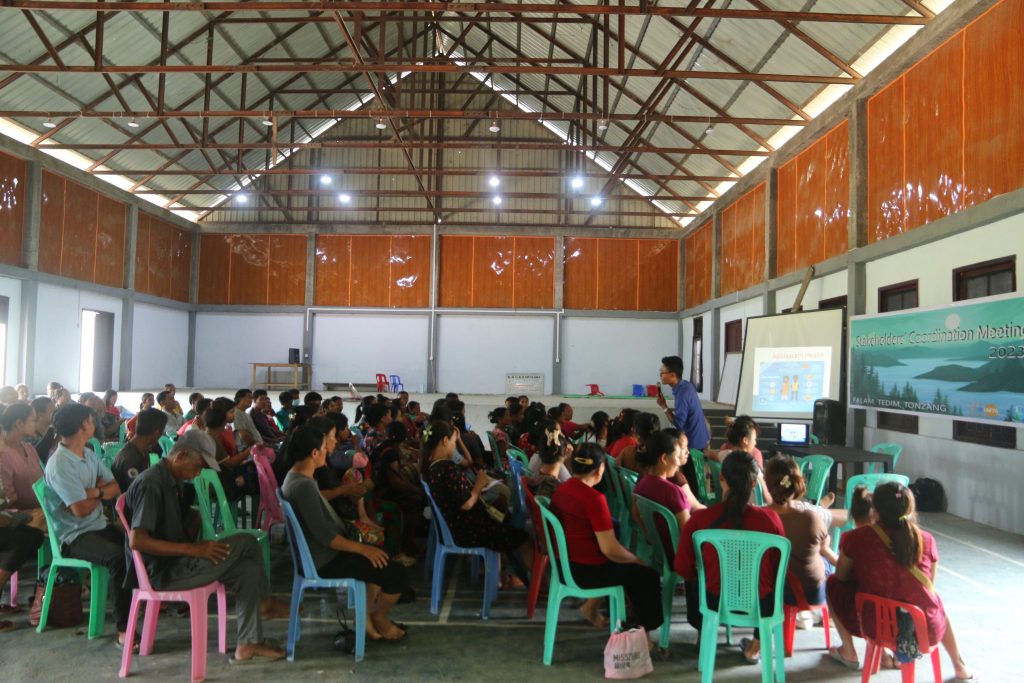
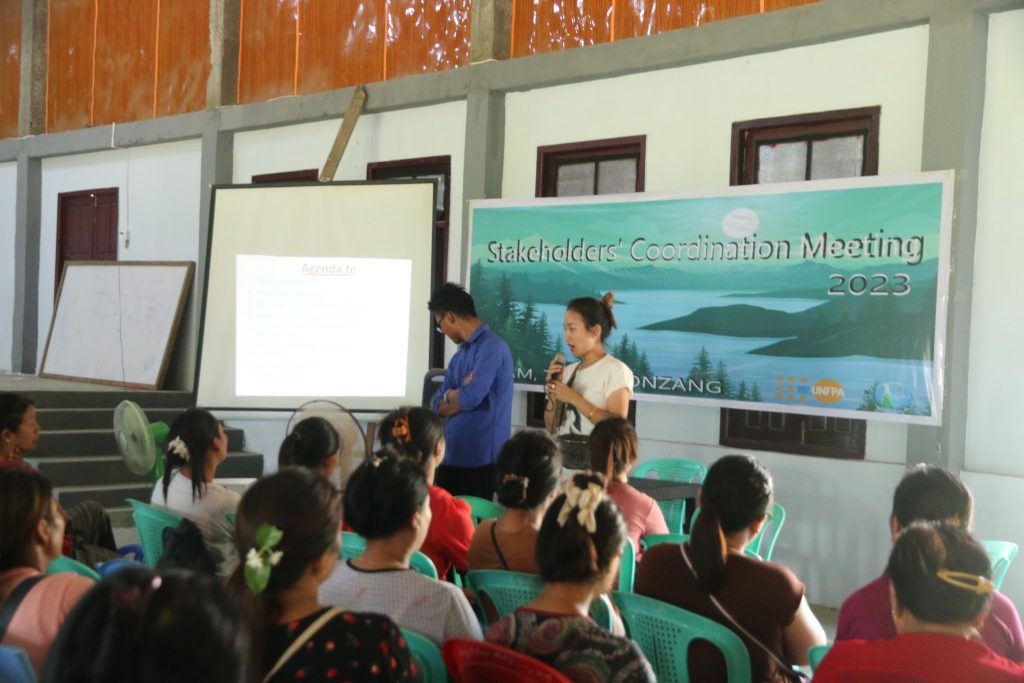
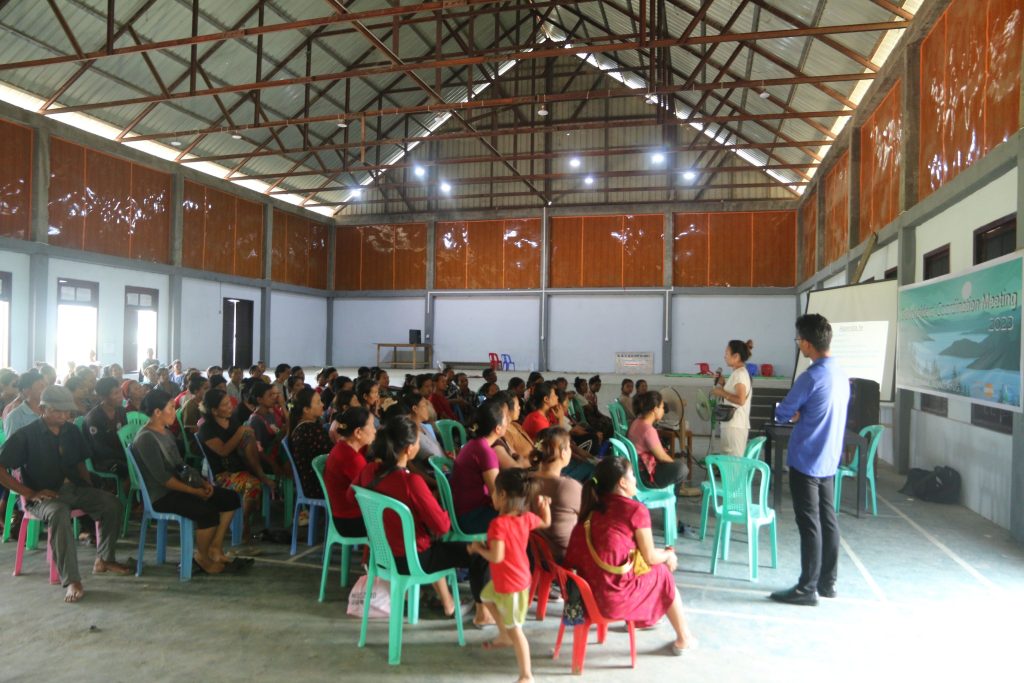
Date: 31/5/2023
Location: Rihkhawdar Ward 2
Meeting Purpose: Stakeholders’ Coordination for Improved Services and Support for IDPs and Women
Attendants: 179 Participants (54 Male, 143 Female)
Introduction:
This meeting brought together various stakeholders, including IDP leaders, women leaders, local authorities, and HLDO staff members. The objective was to foster collaboration and coordination to enhance services and support for internally displaced persons (IDPs) and women in the region.
Meeting Highlights:
Welcoming and Introductions:
The meeting began with a warm welcome to all participants. Introductions were made to ensure that all stakeholders were familiar with each other’s roles and responsibilities. The importance of collaborative efforts in addressing the needs of IDPs and women was emphasized.
Overview:
HLDO Staff provided an overview of the organization’s work in the region. They highlighted the organization’s commitment to promoting reproductive health, maternal care, gender equality, and women’s empowerment. The participants gained a better understanding of each role in supporting IDPs and women in the community.
Sharing of Challenges and Success Stories:
IDP leaders, women leaders, and local authorities had the opportunity to share their experiences, challenges, and success stories. They discussed the specific issues faced by IDPs and women in the region, such as limited access to healthcare services, gender-based violence, and inadequate support systems. Success stories were also shared, showcasing instances where collaborative efforts had led to positive outcomes for the affected population.
Identifying Areas of Collaboration:
- The meeting facilitated constructive discussions to identify areas where stakeholders could collaborate effectively. Key areas of collaboration included:
- Enhancing healthcare services: Participants emphasized the need to improve access to reproductive healthcare, maternal care, and family planning services for IDPs and women in the region. The importance of comprehensive sexual education and awareness programs was also highlighted.
- Addressing gender-based violence: Stakeholders recognized the urgency of addressing gender-based violence within IDP communities. They discussed the importance of creating safe spaces, establishing reporting mechanisms, and providing support services for survivors.
- Strengthening coordination mechanisms: Participants agreed on the need to strengthen coordination among stakeholders to ensure efficient service delivery. They discussed establishing regular communication channels, sharing information, and coordinating activities to avoid duplication of efforts.
- Action Plan and Next Steps:
To ensure the continuity of collaborative efforts, an action plan was developed with specific tasks, responsibilities, and timelines. The plan included activities such as capacity-building workshops, awareness campaigns, community engagement initiatives, and advocacy efforts. Participants committed to actively engaging in the proposed activities and monitoring progress.
Conclusion:
The stakeholders’ coordination meeting served as a platform for dialogue and collaboration among IDP leaders, women leaders, local authorities, and HLDO staff members. The meeting highlighted the importance of joint efforts in addressing the needs of IDPs and women, particularly in the areas of healthcare, gender-based violence, and coordination. Through this coordinated approach, it is expected that the well-being and rights of IDPs and women will be better protected and promoted in the region.
Acknowledgments:
We express our gratitude to all the stakeholders who actively participated in the meeting and contributed valuable insights. Special thanks go to UNFPA for their efforts in supporting the coordination meeting and their continued commitment to supporting IDPs and women. We look forward to the implementation of the action plan and the positive impact it will have on the lives of those affected.
Over all Challenges:
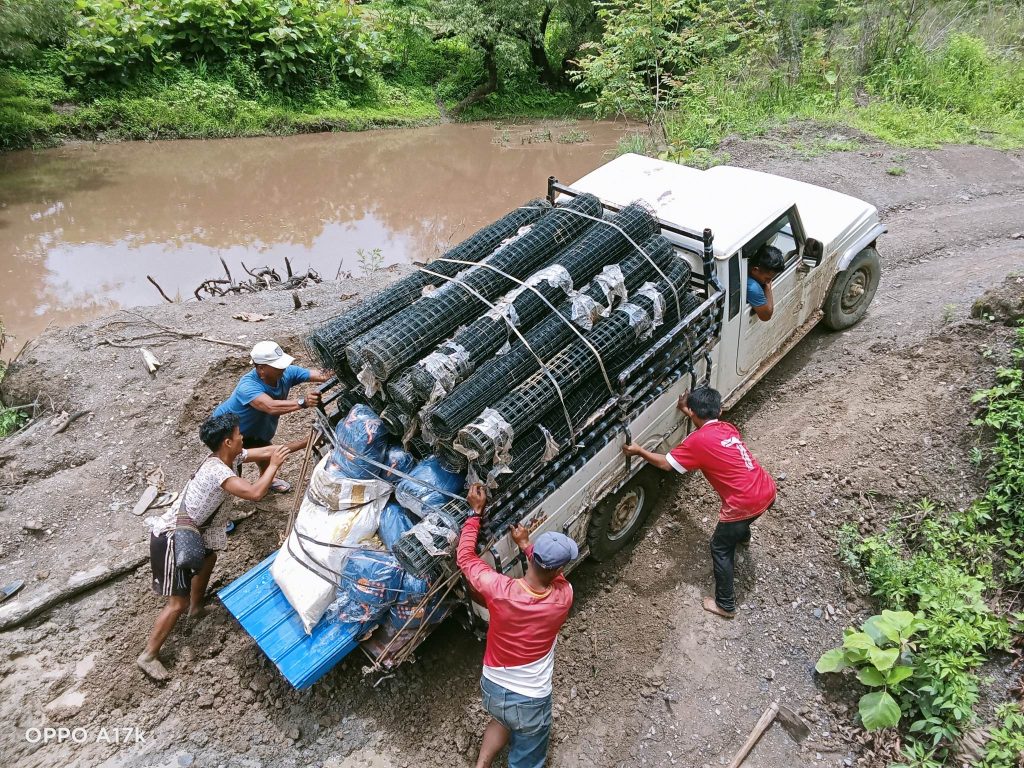

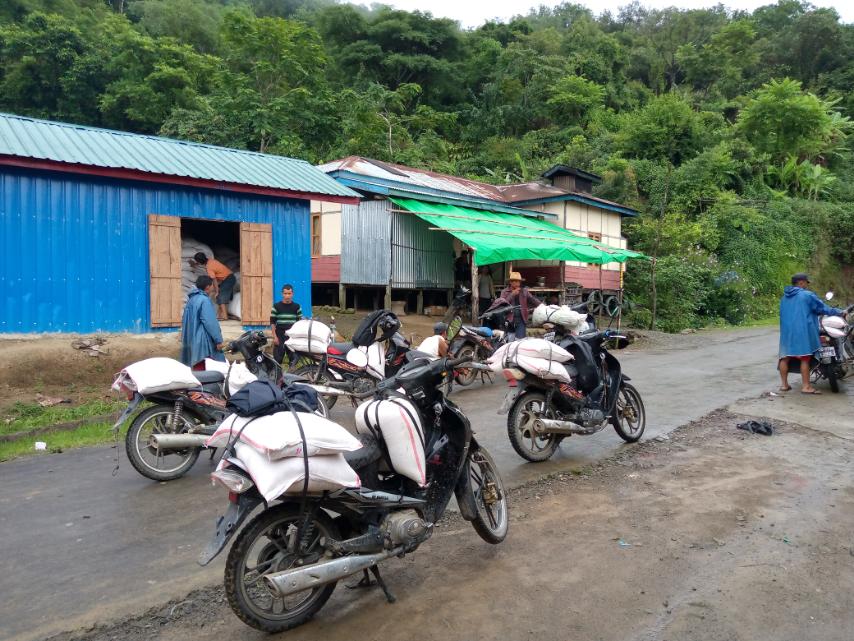
Challenges in GBV, PSEA, SRHR, and MHPSS Training:
Limited Awareness and Knowledge:
One of the primary challenges faced was the limited awareness and knowledge among community members regarding GBV, PSEA, SRHR, and MHPSS. Many participants had minimal understanding of these topics, requiring additional time and effort to build a solid foundation.
Cultural and Language Barriers:
Mindat, Tedim, and Tonzang are culturally diverse regions with various ethnic groups, each with their own languages and customs. Overcoming language barriers and addressing cultural sensitivities was a constant challenge during the training sessions.
Limited Resources and Infrastructure:
The regions faced significant resource and infrastructure limitations, which affected the quality and delivery of the training. Lack of training materials, including visual aids and educational resources, hindered effective communication and engagement with participants.
Inadequate Training Facilities: The training sessions faced challenges due to inadequate training facilities. Limited space, lack of equipment, and suboptimal conditions impacted the overall effectiveness and engagement of participants.
Interference by MOCHA Cyclone:
The MOCHA cyclone had significant consequences on the implementation of the training and exacerbated existing challenges. The cyclone’s effects on transportation, logistics, and communication further complicated the training process. Specific interferences included:
Transportation Disruptions: The cyclone resulted in damaged roads, landslides, and disrupted transportation networks, making it challenging for trainers and participants to travel to training venues. This led to delays, rescheduling, and reduced attendance. Moreover, the logistics cost are slightly higher than usual due to road closures.
Logistics Challenges: The cyclone’s impact on infrastructure also affected the supply chain and logistics arrangements. Difficulties in procuring training materials, resources, and necessary supplies created obstacles in delivering comprehensive and effective training sessions.
Communication Breakdown: The cyclone caused power outages and disrupted telecommunication networks, limiting communication channels with participants and stakeholders. This hampered coordination efforts, information dissemination, and ongoing support for participants.
In addition: Our contracted car/lorry transporting DK, CDK from Pakohkku to Mindat got into accident flying over the clip on returning from Mindat.
Restricted Access: Armed conflicts often lead to restricted access to certain areas, including roads, villages, and communities. This limitation hampers the movement of logistics personnel, supplies, and equipment, making it difficult to reach affected populations.
Insecurity: The presence of armed conflicts creates an atmosphere of insecurity, posing risks to logistics teams and hindering their ability to carry out their tasks. Safety concerns for personnel and supplies further complicate logistics operations, resulting in delays or complete suspension of activities.
Displacement of Communities: Armed conflicts frequently result in the displacement of communities, causing disruptions in transportation routes and logistical networks. The need to provide assistance to displaced populations adds an additional layer of complexity to logistics operations.
Infrastructure Damage: During armed conflicts, infrastructure, including roads, bridges, and warehouses, may suffer damage. Such damage directly impacts the transportation and storage of essential supplies and equipment, making logistics operations challenging.
Increased Costs: The presence of armed conflicts often leads to increased costs associated with logistics operations. Security measures, such as hiring additional security personnel or utilizing alternative transportation routes, incur additional expenses. These increased costs put additional strain on limited resources.
Conclusion:
The GBV, PSEA, SRHR, and MHPSS training provided in Mindat, Tedim, and Tonzang faced various challenges related to limited awareness, cultural barriers, resource constraints, resistance to change, and inadequate training facilities. The MOCHA cyclone further complicated the situation by causing disruptions in transportation, logistics, and communication. Despite these challenges, efforts were made to adapt and overcome the obstacles to ensure the delivery of vital training to the communities. Continued collaboration and support from stakeholders are crucial to addressing these challenges effectively and promoting lasting positive change in the regions.
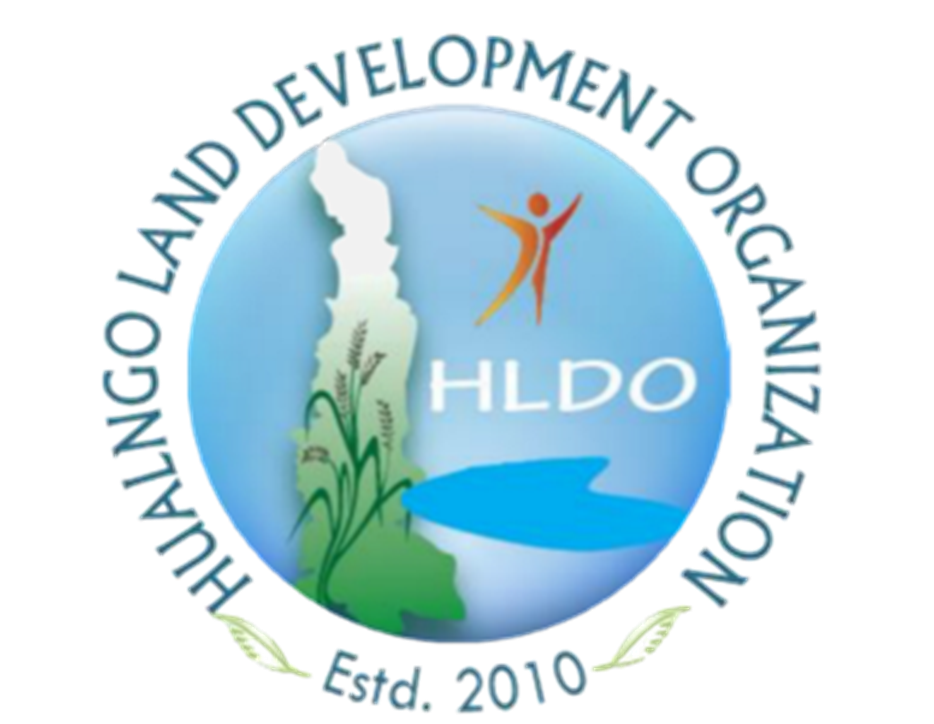



0 Comments